Chances are, you’ve probably heard the term “forest school” or “outdoor school” thrown around recently. While the concept is still relatively new in the U.S. and Canada, forest schools and other nature-based outdoor schools are gaining in popularity. But what exactly is a forest school or outdoor school? What makes it different than traditional preschools? And where do you even find one? Well, let’s find out!
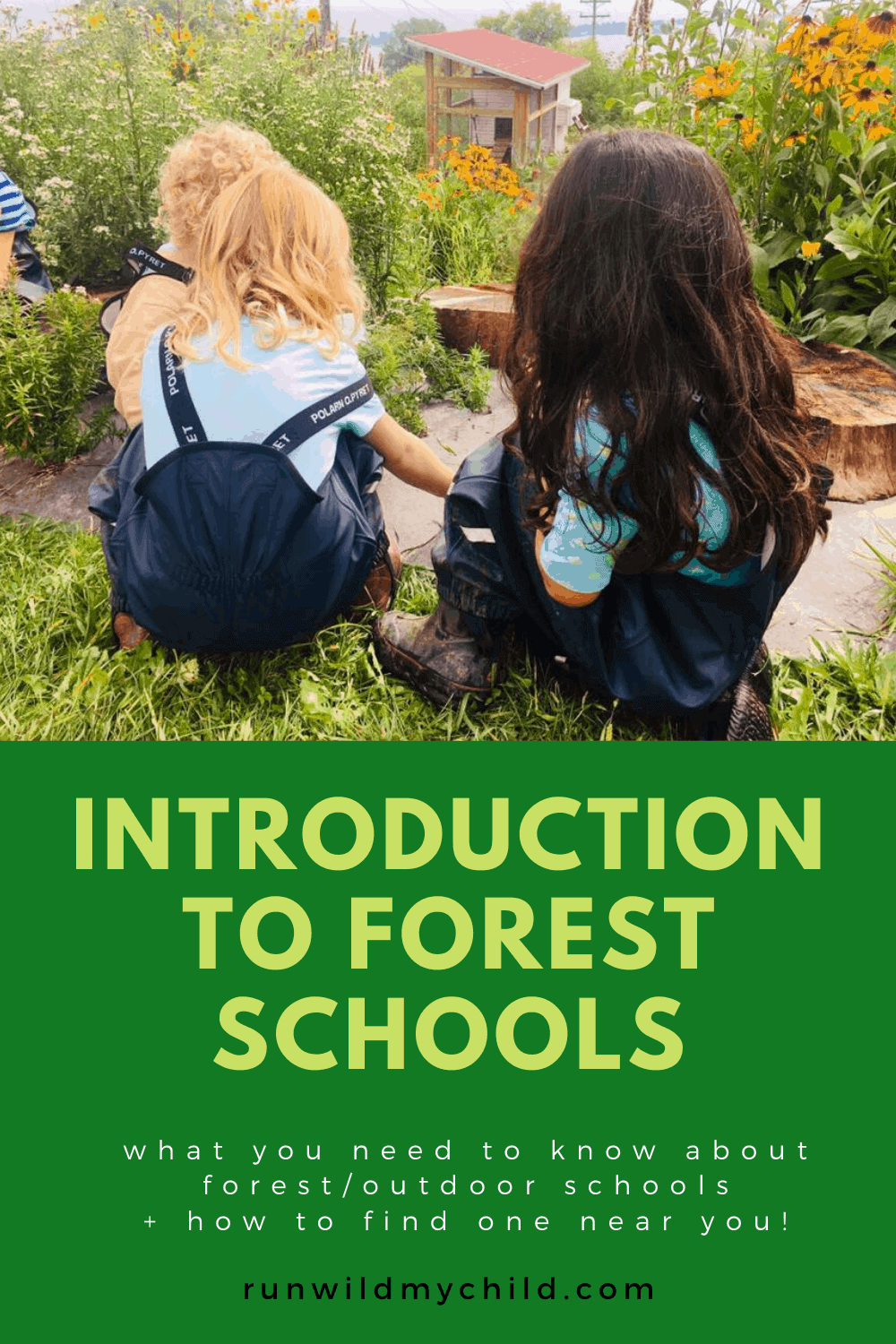
What is an outdoor school or forest school?
Outdoor or forest schools are a type of early childhood education that takes place outside. The term applies to both the type of learning and the physical location of the school. Commonly referred to as “forest schools,” these schools do not necessarily have to be held in the forest, but they are usually located in a diverse and rich outdoor environment (woodlands, wetlands, farms, zoos, parks or in other outdoor areas). You may also hear them called nature schools, outdoor nursery schools, forest nursery, nature kindergarten, farm school, forest kindergarten or nature preschools.
What age do kids go to outdoor schools?
Typically, forest schools and outdoor schools are for preschool-aged children (3-5 years old). Many outdoor schools are just beginning to expand on the traditional nursery school structure by offering kindergarten classes (age 5-6) and nursery school programs for younger children (1-2).
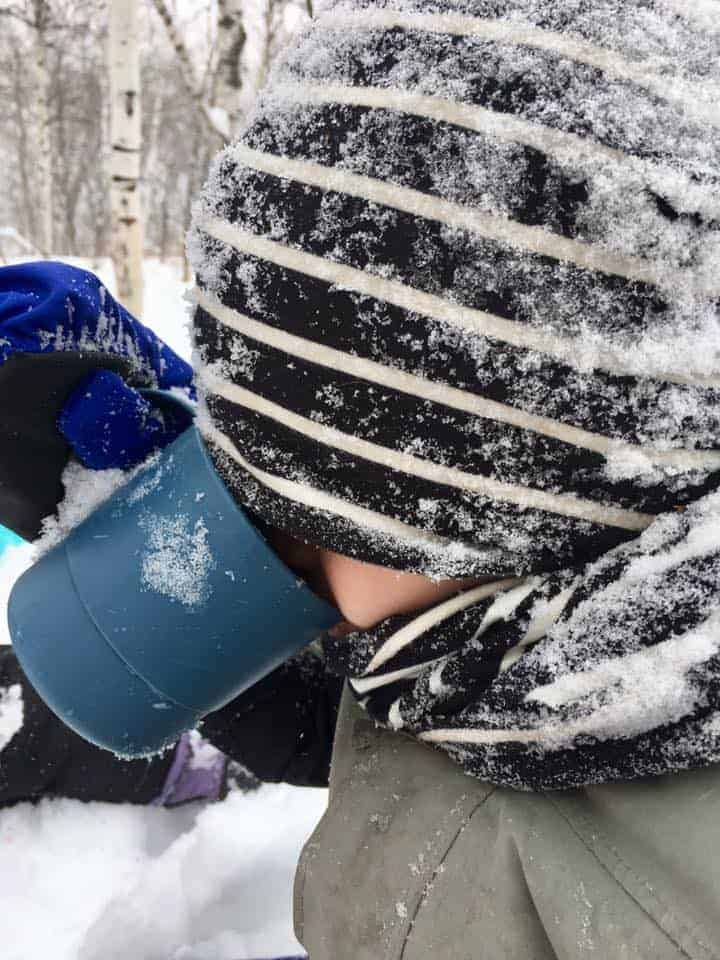
Where did outdoor schools originate?
Denmark popularized outdoor forest schools as we know them today in the 1950’s, as the country struggled with a lack of indoor space for preschools and early education centers. The children thrived outside and the outdoor school trend caught on and spread over the next few decades. Now, forest schools are found around the world in countries like Sweden, Germany, the UK, Australia, New Zealand, Canada, the U.S. and beyond.
What’s different about outdoor schools?
The outdoor school curriculum focuses on learner-led outdoor play that encourages curiosity and exploration. The lessons are all outdoors, usually in wooded areas, and are learner-centric and play-based. Forest schools differ from traditional education in that learning is led by the child’s own curiosity and interests in an unstructured way. Instead of presenting investigative questions, teachers at outdoor schools observe and support children in their chosen activities and forms of play. This allows children to explore their own personal curiosities, develop confidence and independence, as well as fostering an internal motivation to learn.
Unlike traditional indoor school, forest schools do not have tests or assignments. Students are encouraged to develop skills, socially interact and engage with nature. Teachers use observation and documentation to plan play-based learning programs that encourage active exploration, inquiry, independence, choice, problem solving, wonder and discovery.
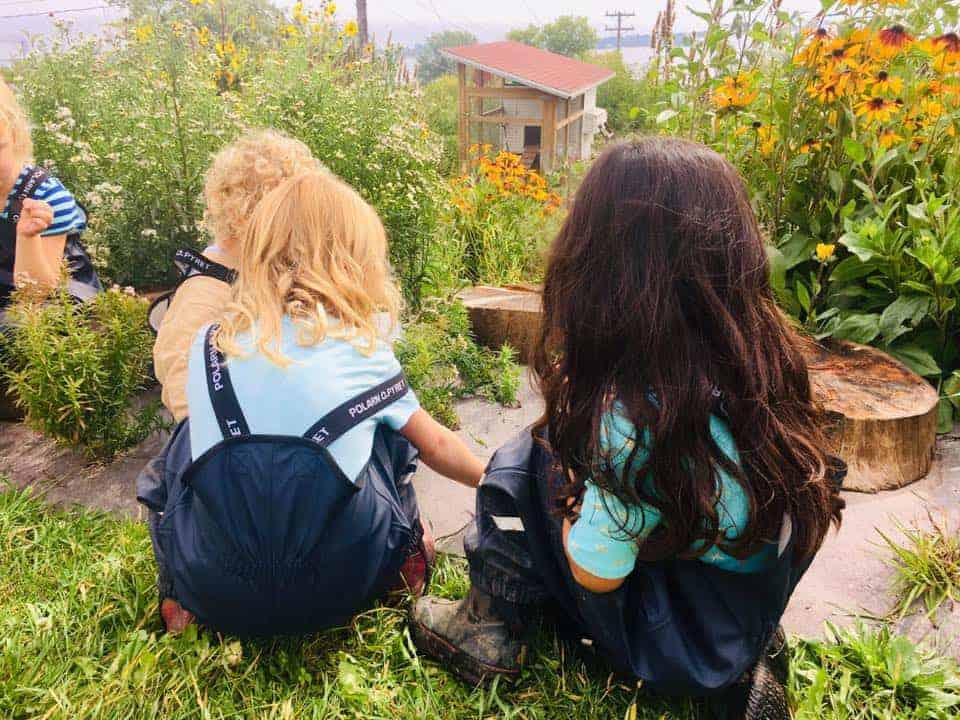
What do outdoor schools teach?
Outdoor schools focus on hands-on educational and experimental activities individually and within groups. Children build interpersonal skills like teamwork, communication, cooperation, and problem-solving. They also build spatial and motor development, as much of the day is spent in movement with full-body sensory activities.
Students are also taught to take calculated risks with the support of a teacher, through activities such as climbing trees, exploring creeks, using tools, and lighting fires. Teachers work with the kids to assess risks and benefits so their decisions are informed and calculated. They determine if the risk is safe or not. This aids in the child’s judgment, resilience, and self-esteem so she/he can make better decisions in the future.
Finally, children learn about nature and the world around them in outdoor schools. They often study and collect items in nature for use in projects, experiments, and crafts. Sometimes they grow their own fruits and vegetables in a community garden and help prepare snacks. They develop a better understanding and appreciation for nature and how we can interact with and take care of our environment.
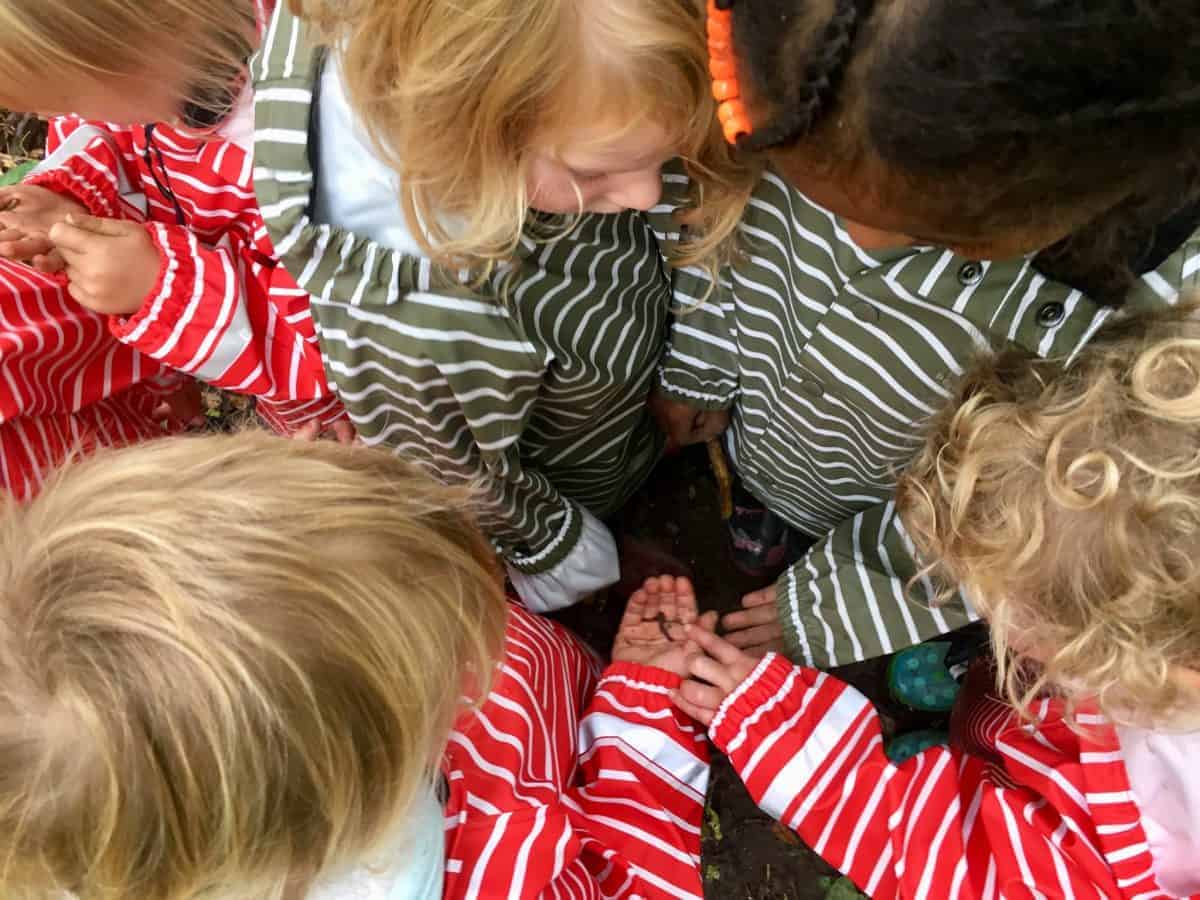
Outdoor classrooms
One of the most important aspects of forest school is that classes are held completely outside. Students attend forest school outdoors in all weather and climates in order to experience different sensations. Ideally, educators conduct lessons outside 100% of the time (unless the weather is deemed too dangerous). Children learn to dress appropriately for all kinds of weather and outdoor activities. They truly learn that there is “no such thing as bad weather, only bad clothing.”
Being outside in an ever-changing environment sparks curiosity in children and offers them new sensory experiences every single day. Children attending outdoor schools develop a bond with nature and a deeper understanding of the environment around them.
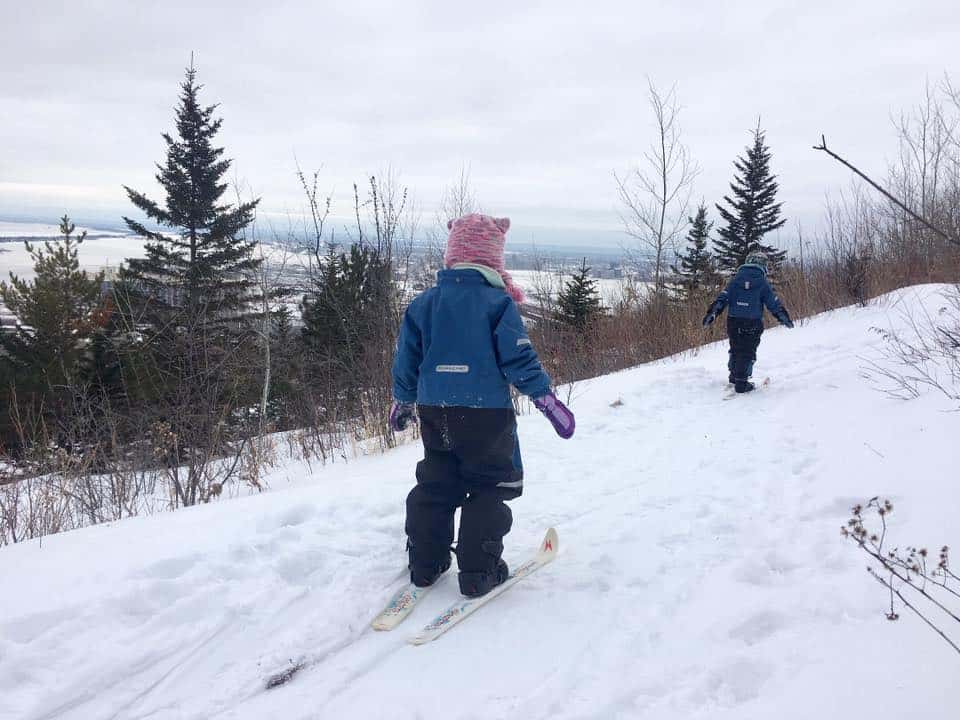
Outdoor school curriculum
The curriculum at outdoor schools varies just as much as the schools themselves vary. Depending on your location and the focus of the school, curriculums can vastly differ in structure, activities and lessons. The children at most forest schools learn through many of the traditional preschool and early educational activities (playtime, storytime, learning centers). However, they do so while outside and incorporate nature education into their daily flow.
Outdoor schools also tend to incorporate outdoor activities into their daily routine. Activities will differ across programs, but a few examples are:
- Nature arts and crafts
- Yoga
- Music
- Campfire
- Storytime
- Hiking
- Exploration time
- Fort/shelter building
- Tool use
- Climbing
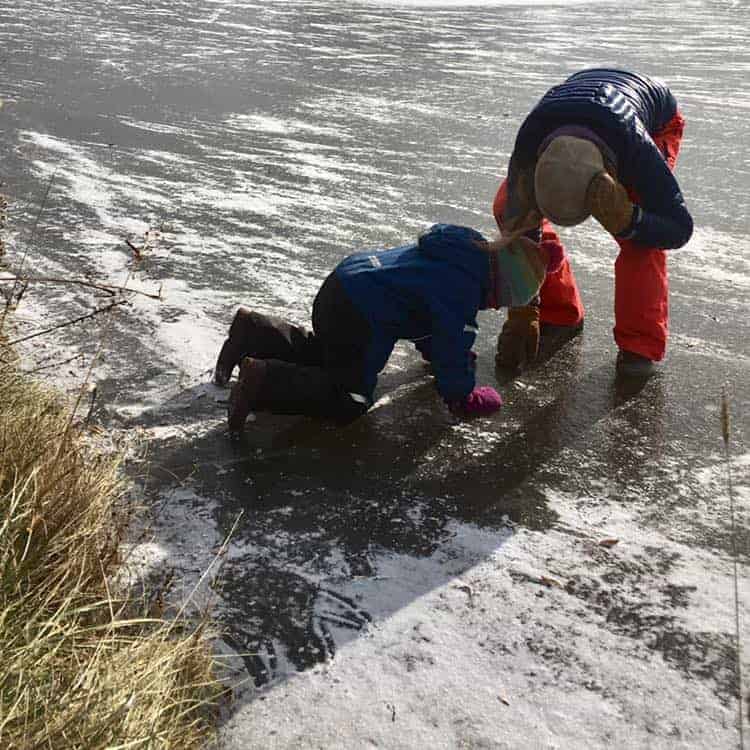
Why outdoor schools are becoming so popular
Outdoor schools are growing in popularity across the U.S. and Canada. Parents are starting to realize the focus on test-taking (at the expense of social and emotional development) is detrimental to children. When kindergarten was created in Germany in the 1800s, there was an integrated outdoor play element. This has since been pushed aside in favor of preparing children academically for elementary school.
Parents are now returning to the roots of early childhood education. They realize children learn better from physical activity, exploration, and hands-on experiences. They’re looking for a more holistic approach that considers not only “academic” knowledge but social skills, emotional intelligence, resilience, and communication as well.
Finding an outdoor school near you
Outdoor schools are fairly new to the U.S. and Canada. But with the growing demand for kids to spend more time outside and off screens, outdoor schools are popping up in cities and towns across the US. It can be hard to find a great outdoor school in your area (as they usually don’t have a big budget for advertising), but we’re here to help!
Together with the Swedish kids’ clothing company Polarn O. Pyret, we’ve created a master directory of outdoor schools across the U.S. and Canada. You can search for an outdoor school in your area by entering your city, state or zip code in our Outdoor School Directory.
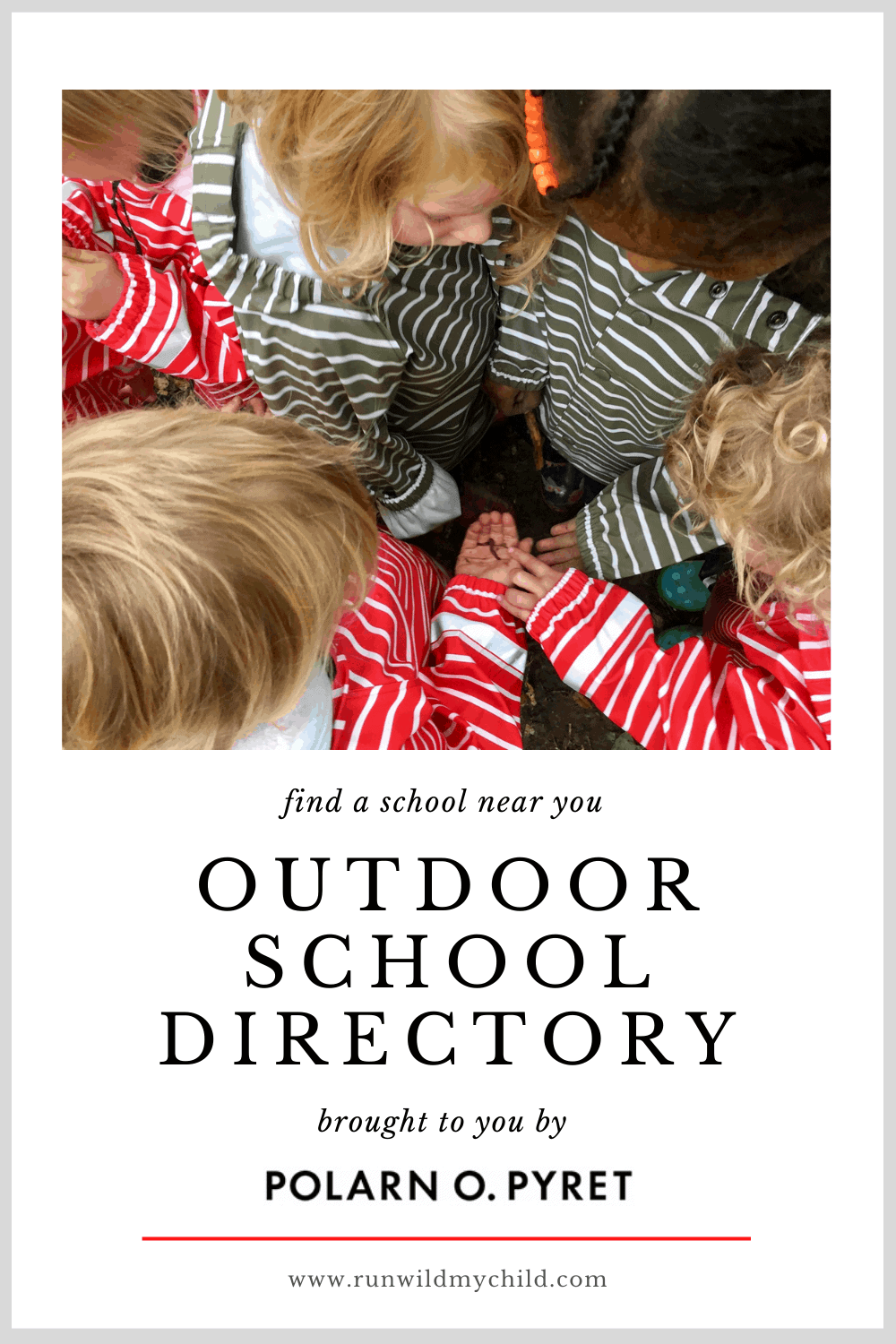
Would you consider an outdoor school for your child?
Do you have any outdoor schools near you?
*Our friends at Polarn O. Pyret love supporting outdoor schools and families! Check out their outdoor school partnership and savings program.
*Special thanks to Wind Ridge Schoolhouse LLC, a neighborhood nature preschool in Duluth, MN for children ages 3 – 6 for all these great photos.

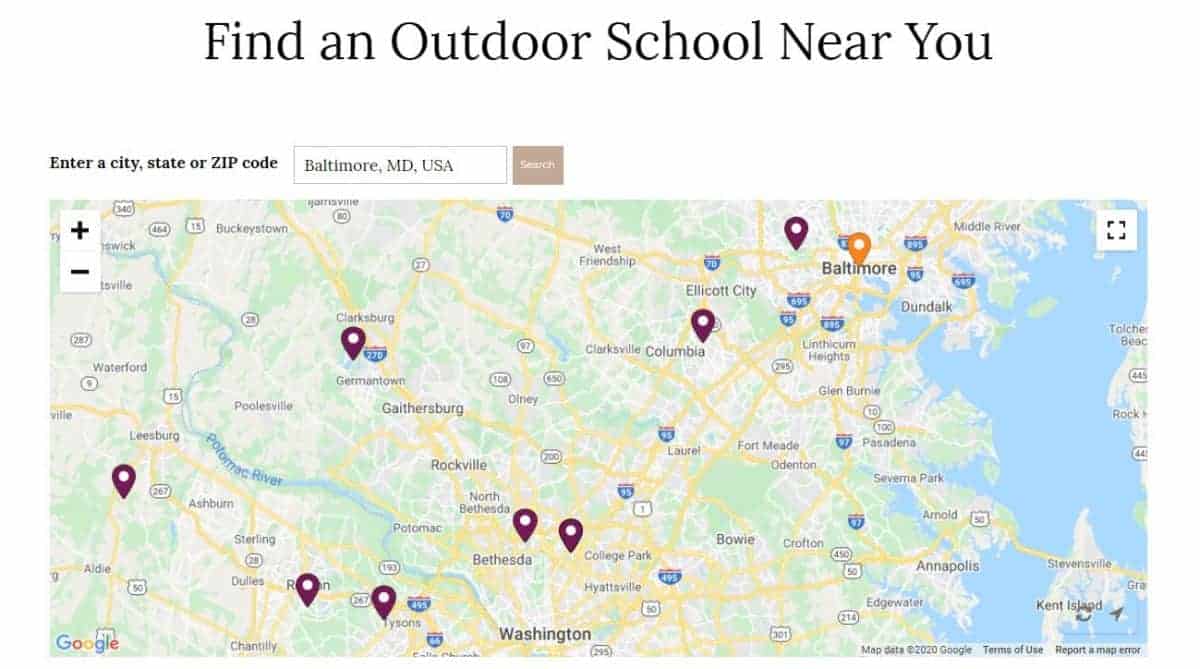







I AM LOOKING FOR AN OUTDOOR KINDERGARTEN FOR MY 5 YEAR OLD DAUGHTER FOR THIS COMING YEAR 2023-2024. I LIVE IN MAPLE FALLS WASHINGTON. MY PHONE NUMBER IS 360-599-2989. PLEASE SEND ME ANY INFORMATION THAT YOU HAVE. THANKS, JUNE AUSTIN